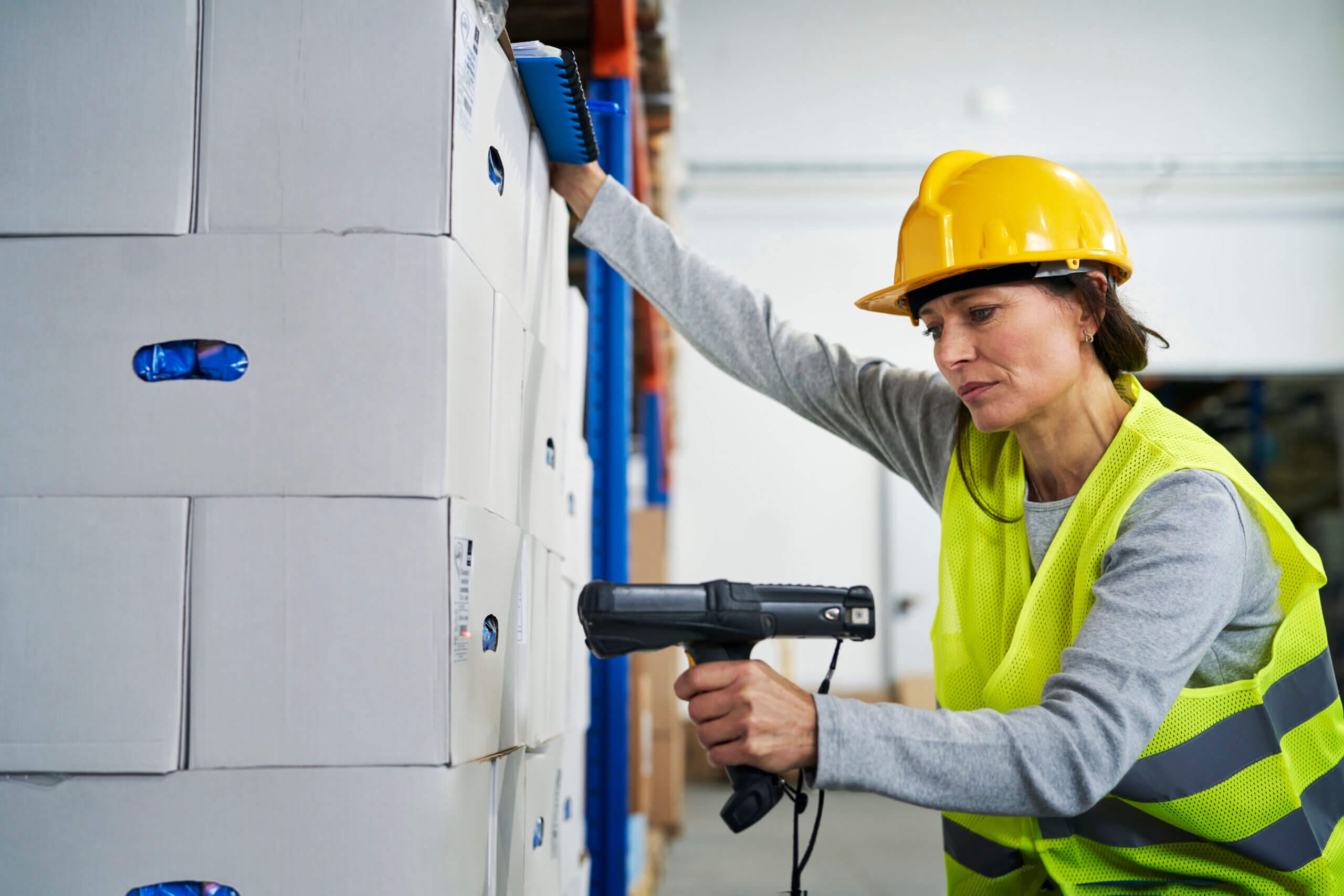Warehouses are seeing dramatic changes across the westernized industry. From the increase in smarter technology, to autonomous vehicles being discussed, companies are looking to avoid the potential pitfall of losing low-skilled human labor by employing robots that can do the job instead. This may be one of the biggest changes in employment history and no one has the answer to how this will affect the future of human labor.
Warehouses that want to stay competitive in today’s fast-paced environment must embrace new technologies, including robotics, automation and other cutting edge technologies.
Technological tools like warehouse management systems can enable businesses to operate more effectively and efficiently, including in the areas of picking and packing, order management, shipping, inventory control and workforce scheduling. Warehouse technology also can improve accuracy and speed up order shipments – critical factors for any company that wants to deliver its goods as quickly as possible and keep up with demands as a result of the recent e-commerce boom.
Here’s just a few ways technology is changing the industry:
- Drones
- AI info
- Sustainability
- Barcoding
Interested in working in the logistics industry? Contact M&W Logistics today to learn about our job opportunities.
Drones
Drones offer a number of benefits to transportation and logistics companies. In warehouses, drones can reduce safety issues and time-consuming manual labor, meaning products get to people faster and more cheaply without risk to warehouse workers. Another often overlooked drone benefit is security. Transportation assets and unstocked goods spend a lot of time in trailer yards. Connecting drones to yard management systems could help track assets, and mounting a camera with GPS could make drones a patrolling security guard that never needs a break.
Drones can also improve warehouse efficiency by accessing vertical space, reading RFID tags and reducing human labor risk. The technology can also provide security and tracking for transportation assets in commercial settings. Rapid delivery is driving a rise in 3rd-party partnerships, particularly as retailers and e-commerce companies look to compete with two-day, next-day and same-day delivery offerings.
Al supports data driven processes
Warehouses have also begun to adopt collaborative robots that can work side-by-side with humans. These robots can help warehouse associates complete tasks more efficiently, as well as assist in lowering the cost of warehouse operations.
Robots that work together with humans will continue to play an important role in warehouses, especially as the industry struggles to keep pace with the rapid evolution of e-commerce. In order for warehouse automation software and solutions to continue to support a rapidly growing online retail business, productivity must remain at its highest level as companies adapt and evolve.
Sustainability
Sustainability is an important consideration for many companies, and this trend is turning into a driving force for innovation. Warehouse technology and sustainable building design are no different. Replacing traditional warehouse fluorescent lighting with LED alternatives can save up to 85% of energy usage while creating fewer emissions, reducing the need to replace bulbs as frequently. Taking advantage of data-driven warehouse solutions can also improve efficiency by preventing power ghosts from drawing energy when they’re not in use. Smart warehouses rely on monitors to regulate power usage on a massive scale, saving big corporations and small startups alike money.
Manufacturing, raw material transportation and storage are not the only steps in the process of getting products from points A to B. Warehouses can contribute to sustainable practices by decreasing waste with improved monitoring and retrofitting.
Barcoding
Many warehouse facilities rely on manual data collection methods, such as counting items with paper tickets and hand-written records. In contrast, automated data collection methods provide better visibility into inventory levels in real-time, more efficient communication between the warehouse and other locations throughout the supply chain and greater accuracy overall. With RFID tags and barcode labels or scanners, associates can more easily document inventory data during each operation, while GPS solutions help reduce theft and loss through real-time location tracking.
Trust M&W Logistics for Your Warehousing Needs
With the growth of online shopping, the future of warehousing is bright. As retailers and sellers continue to leverage massive amounts of data to enhance their customer experience, they need better systems for managing information flow and logistics operations. The way forward lies in improving the entire supply chain—from order fulfillment and inventory management, through warehouse design and construction, to quality control and analytics.
In need of warehousing and distribution services for your business? Contact M&W Logistics today to learn more and request a quote.

